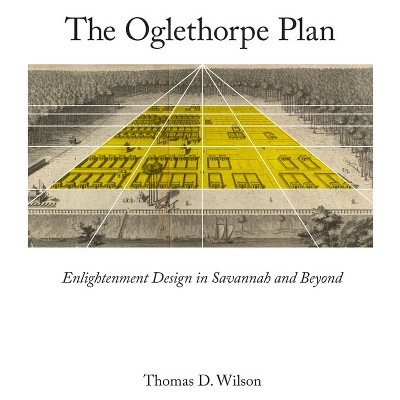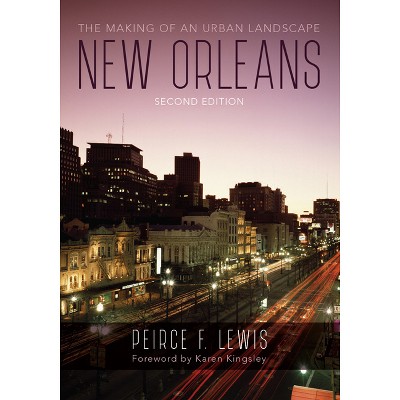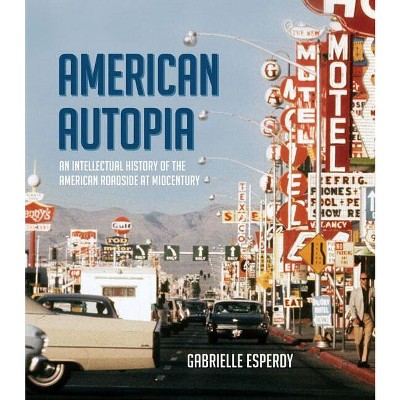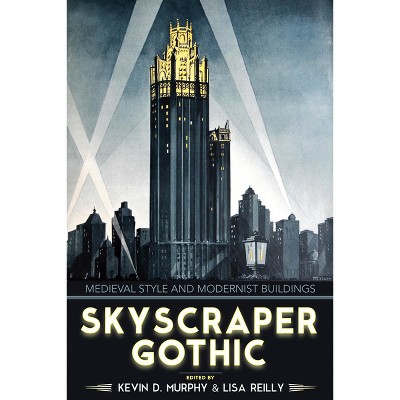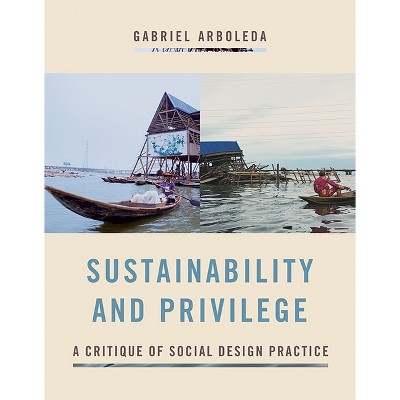About this item
Highlights
- In recent decades, the development of advanced weaponry systems and the instant flow of information have redefined the notion of urban warfare as a local phenomenon with global effects in an increasingly interconnected world.
- About the Author: Elisa Dainese is Assistant Professor in History and Theory of Architecture at Georgia Tech.
- 230 Pages
- Architecture, Urban & Land Use Planning
Description
About the Book
"In this timely volume, Elisa Dainese and Aleksandar Stanicic have assembled a roster of contributors who can speak to the effects of war and sectarian strife on the built environment in various war-torn areas. The essayists discuss creative strategies for rebuilding and restablizing damaged sites, often within the context of continuing animosities; the establishment of design coalitions to work with local communities on reconstruction; the designing of emergency settlements; the development of new and customized strategies for rebuilding diverse parts of the savaged world; the teaching of culturally sensitive design practices to architects and urbanists going to such sites; and many other topics. Dainese and Stanicic describe the intentional, targeted attacks on art and infrastructure--often by sophisticated long-range weaponry meant to destroy not only physical structures but also political unity and cultural memory--as "the weaponization of art and architecture." And though there are some works on wartime destruction of specific citites and landscapes, the editors contend that there is a dearth of publications on design after conflict, which this volume aims to address"--Book Synopsis
In recent decades, the development of advanced weaponry systems and the instant flow of information have redefined the notion of urban warfare as a local phenomenon with global effects in an increasingly interconnected world. The annihilation of Aleppo and the broadcasted demolitions of Palmyra demonstrate the accelerating politicization of the destruction process. In this timely volume, Elisa Dainese, Aleksandar Staničic, and a broad range of contributors explore the weaponization of architecture--targeted attacks on art and infrastructure meant to destroy not only physical structures but also political unity and cultural memory.
Focusing on regions where planners, architects, and artists are involved in concrete initiatives on the ground, War Diaries looks at complex postwar settings to illuminate design responses to urban warfare and violence against the built environment. The essays discuss creative strategies for rebuilding and restablizing damaged sites, often within the context of continuing animosities; the establishment of design coalitions to work with local communities on reconstruction; the designing of emergency settlements; the development of new and customized strategies for rebuilding diverse parts of the ravaged world; and the teaching of culturally sensitive design practices to architects and urbanists, among many other topics. A much-needed contribution to our understanding of postconflict design, this volume maps the creative approaches that specialists have used to remediate the effects of violence against cities and cultural heritage.
Review Quotes
War Diaries makes a compelling case for the role of design in enacting more just and sustainable forms of post-conflict reconstruction - not as a panacea but as part of a broader ecology of social, political, and environmental repair. Its provocations and examples point towards an emerging paradigm of reconstructive practice that is grounded in critical reflection, historical understanding, and an ethics of care. For scholars and practitioners grappling with the spatial dimensions of conflict and recovery, the book is an invaluable resource and a catalyst for further research and action.-- "THE PLAN Journal"
Sharing voices across disciplines, this interesting and important collection foregrounds the designer's role in the political conversations that dominate postconflict work.
--Emily Gunzburger Makas, University of North Carolina, Charlotte, author of Urban and National Identities and the Rebuilding of MostarAbout the Author
Elisa Dainese is Assistant Professor in History and Theory of Architecture at Georgia Tech. Aleksandar Staničic is Assistant Professor of Architecture at Delft University of Technology in the Netherlands.







